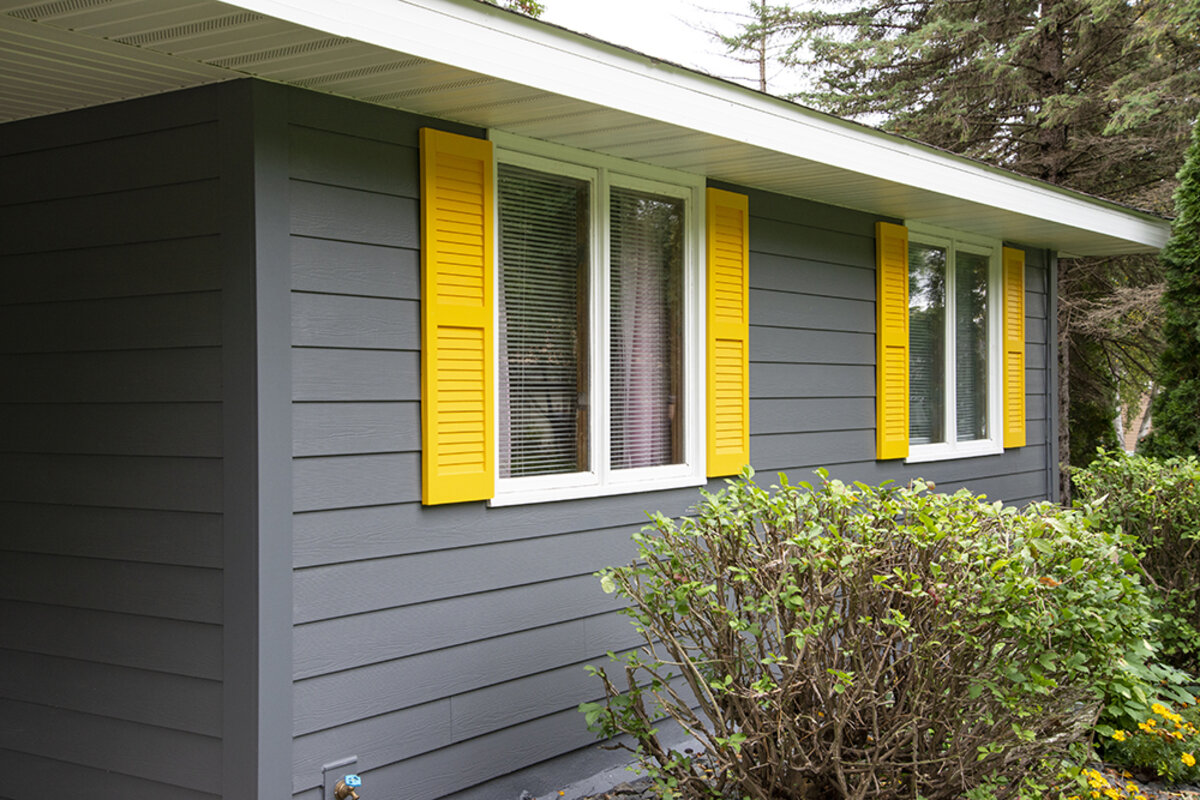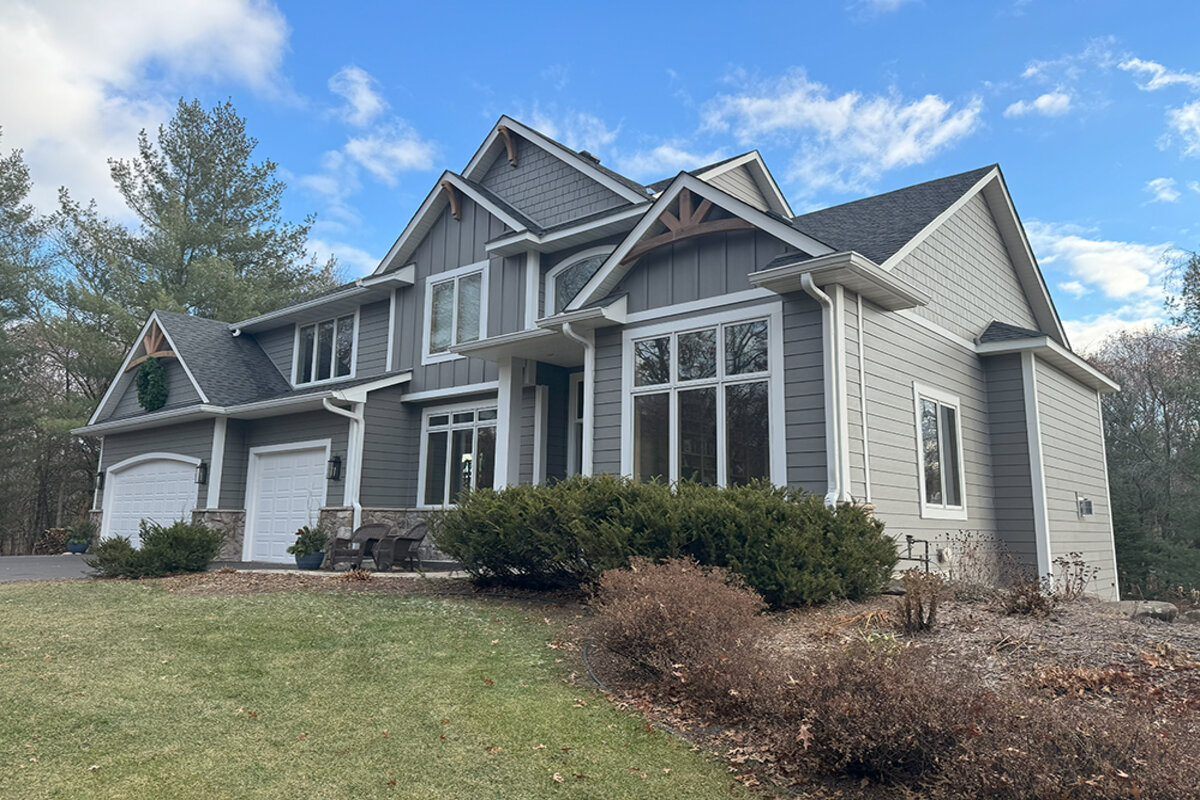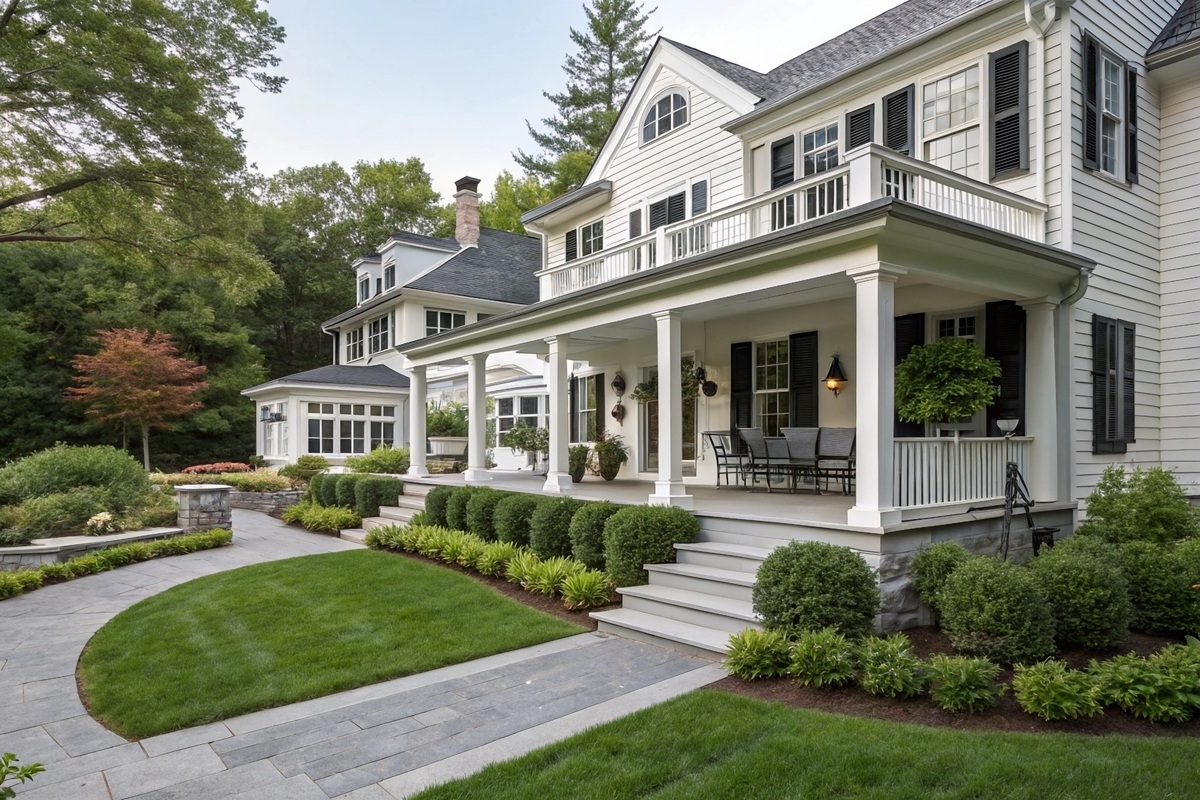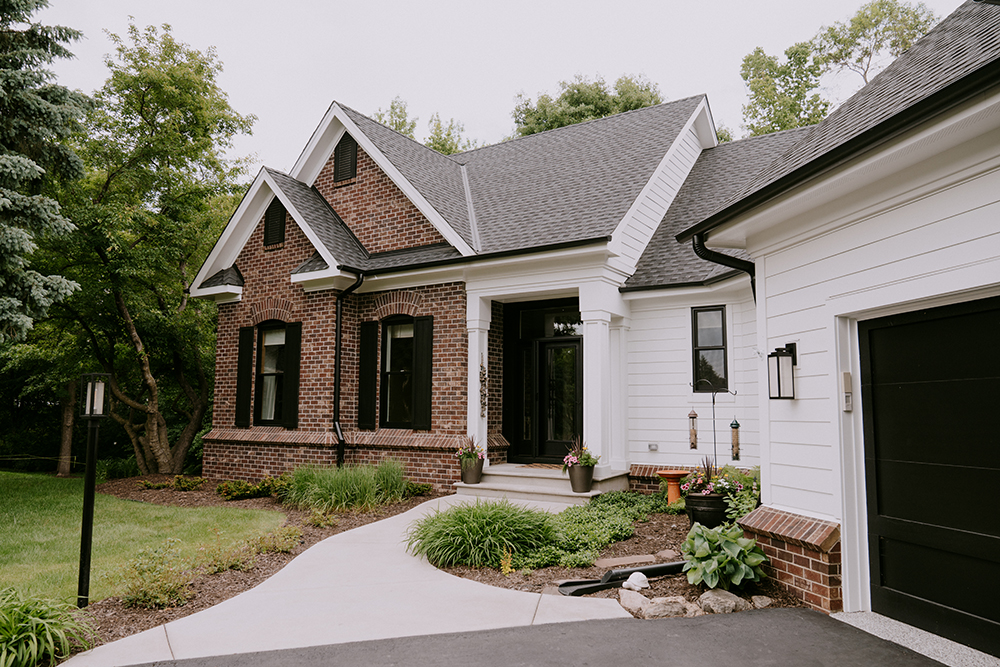James Hardie siding, a popular choice for home exteriors due to its durability and aesthetic appeal, requires precise installation to ensure its long-term performance. Incorrect installation can lead to a range of problems, affecting the siding’s functionality and appearance. In this blog, we will highlight common installation issues with James Hardie siding and offer practical solutions.
Identifying Common Installation Challenges
Not Following Installation Instructions Carefully
One of the primary issues in installing James Hardie siding is not following the very specific installation instructions. James Hardie Siding is the best siding for Minnesota homes if it is installed properly. Like any building material, Hardie siding is engineered to perform when installed the way it was intended. It’s essential to follow the manufacturer’s guidelines to avoid any issues.
Handling and Cutting the Siding
James Hardie siding is known for its hardness, which can make cutting and handling a challenge. Using improper tools or techniques can lead to chipping or cracking. Using the right type of saw blade and cutting tools designed for fiber cement siding is crucial for a clean, precise cut.
Solutions to Improve Installation Quality
Moisture Management and Weather Barriers
Proper moisture management is crucial in installing James Hardie siding. Failure to correctly install a weather barrier can lead to moisture-related issues, such as mold and rot. Ensuring that a high-quality weather barrier is in place and properly sealed is key to protecting the siding and the structure of the home.
Understanding Fastening Techniques
The right fastening technique is essential for the secure and durable installation of James Hardie siding. Nails or screws must be driven in at the correct depth – not too deep to cause dimpling, and not too shallow to be ineffective. Using fasteners recommended by James Hardie and adhering to their installation guidelines is necessary for optimal results.
Advanced Tips for a Successful Siding Installation
Training and Experience
Given the specific requirements for installing James Hardie siding, it’s often best handled by professionals with training and experience in working with this material. Hiring skilled contractors who are familiar with the nuances of fiber cement siding can significantly reduce the risk of installation errors.
Tackling Complex Architectural Features
Homes with complex architectural features pose additional challenges in siding installation. Precision is key in these scenarios, whether it’s ensuring accurate cuts around windows and doors or managing siding installation on irregular surfaces. Professional insight and careful planning are vital in these situations.
Conclusion
Proper installation is paramount in maximizing the benefits of James Hardie siding. By being aware of common installation issues, handling and cutting, moisture management, and fastening techniques, homeowners and contractors can avoid common pitfalls. Remember, while DIY can be tempting, the complexity of installing James Hardie siding often warrants professional intervention.
For expert advice or professional installation services, feel free to contact us. Our team is equipped with the expertise and experience to ensure your siding installation is done right, providing peace of mind and lasting value.




















